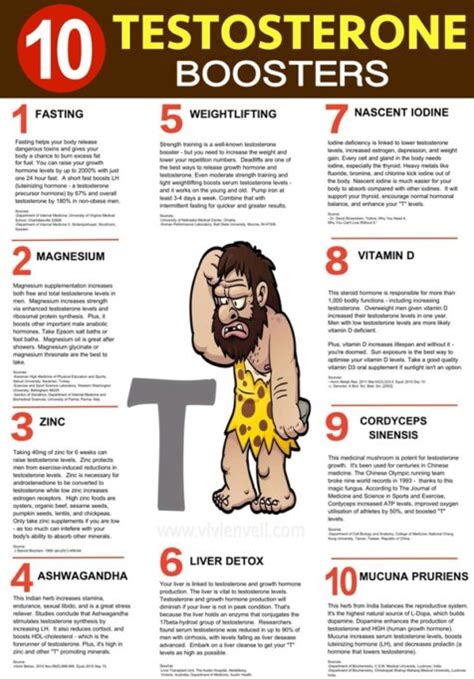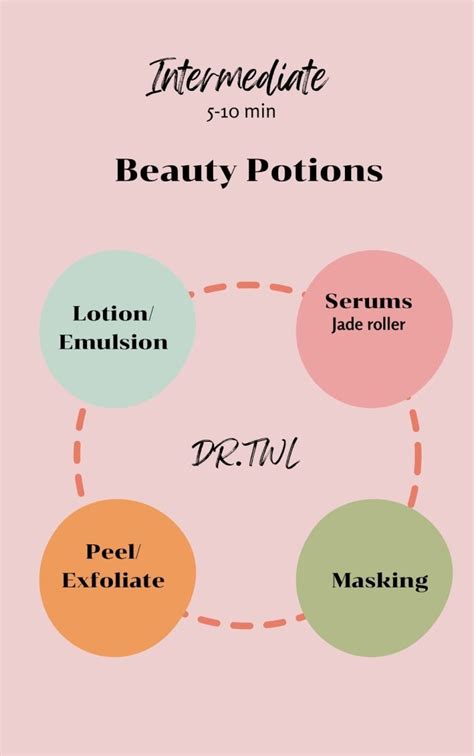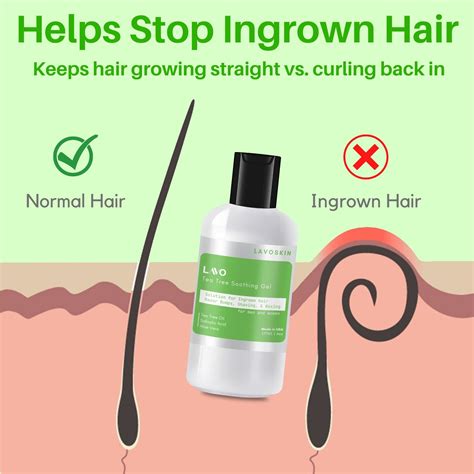How to prevent razor burn for a peak performance shave?
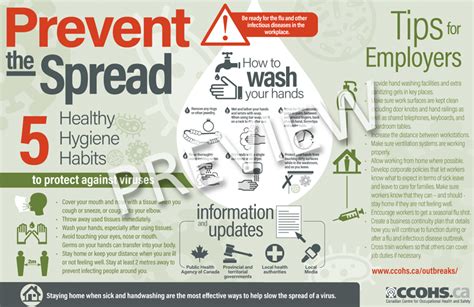
Understanding Razor Burn and Its Impact
Razor burn, characterized by redness, irritation, and sometimes painful bumps, is a common affliction for many who shave. It’s not just an aesthetic issue; it can lead to discomfort, itching, and even ingrown hairs, hindering the pursuit of a truly smooth and satisfying shave. Preventing razor burn is crucial for maintaining healthy skin and achieving that coveted peak performance shave.
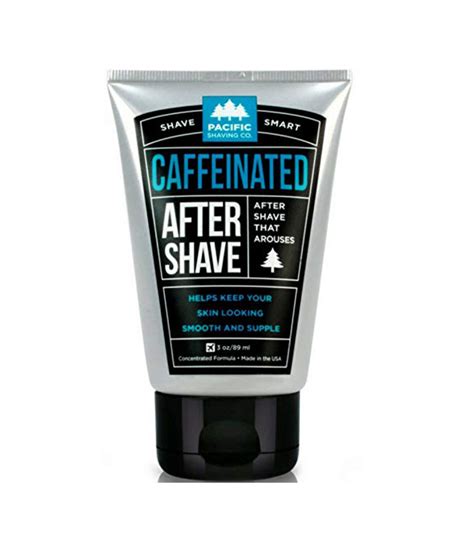
Mastering Pre-Shave Preparation
The foundation of a good shave begins before the blade even touches your skin. Proper preparation softens the hair and opens the pores, making it easier for the razor to glide smoothly. Start by washing your face with warm water or taking a hot shower. The steam helps to soften the whiskers and relax the skin. For an extra step, consider a gentle exfoliant to remove dead skin cells that can trap hairs and dull your blade.
Next, apply a high-quality pre-shave oil or cream. These products create a protective barrier between your skin and the razor, further reducing friction and irritation. Allow it to soak in for a minute or two before moving on to your shaving cream.
Choosing the Right Tools and Lather
Your shaving tools play a significant role in preventing razor burn. A sharp, clean razor is non-negotiable. Dull blades drag and pull at the hair, leading to irritation and nicks. Replace your razor blade regularly—ideally every 5-7 shaves for cartridge razors, or more frequently if you notice any tugging. For traditional wet shavers, a fresh safety razor blade ensures optimal sharpness.
Invest in a quality shaving cream, gel, or soap that produces a rich, thick lather. A good lather lifts the hair, provides lubrication, and moisturizes the skin. Apply it generously using a shaving brush to ensure thorough coverage and to further prepare the whiskers.

Perfecting Your Shaving Technique
Technique is paramount. Always shave with the grain of your hair growth first. This reduces irritation significantly. If a closer shave is desired, you can do a second pass across the grain, or even against the grain, but only if your skin can tolerate it and with a fresh application of lather. Use light, short strokes without applying excessive pressure. Let the sharpness of the blade do the work, not your force.
Rinse your razor blade frequently under hot water to remove hair and lather buildup. A clogged blade is an ineffective and irritating blade. Stretch your skin taut with your free hand to create a flat surface for the razor, minimizing uneven passes and potential nicks.
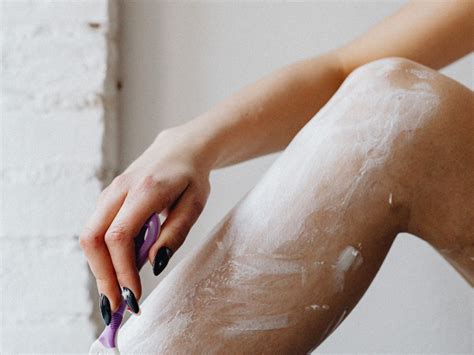
Essential Post-Shave Care
After you’ve finished shaving, rinse your face with cool water to close your pores and remove any remaining lather or stray hairs. Gently pat your face dry with a clean, soft towel—avoid harsh rubbing, which can irritate freshly shaved skin. Immediately follow with an alcohol-free aftershave balm or moisturizer. Alcohol-based products can dry out the skin and exacerbate irritation.
Look for balms with soothing ingredients like aloe vera, witch hazel, chamomile, or shea butter. These ingredients help to hydrate the skin, reduce redness, and prevent ingrown hairs, leaving your skin feeling calm and refreshed.
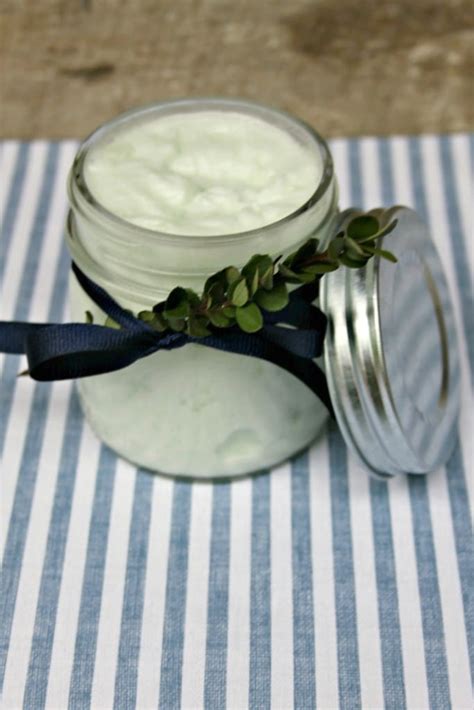
Maintaining a Razor Burn-Free Routine
Consistency is key to keeping razor burn at bay. Regularly clean and store your shaving tools properly. Allow your razor to air dry completely to prevent bacterial growth. If you’re prone to ingrown hairs, consider incorporating a mild exfoliant into your routine a few times a week, even on non-shaving days.
Listen to your skin. If you experience persistent irritation, re-evaluate your products or technique. Sometimes, simply giving your skin a day or two to recover between shaves can make a significant difference. By diligently following these steps, you can transform your shaving routine from a dreaded chore into an enjoyable part of your grooming regimen, consistently achieving a peak performance, razor burn-free shave.






